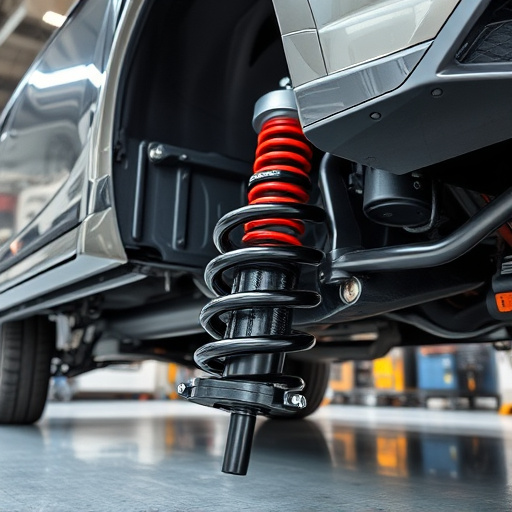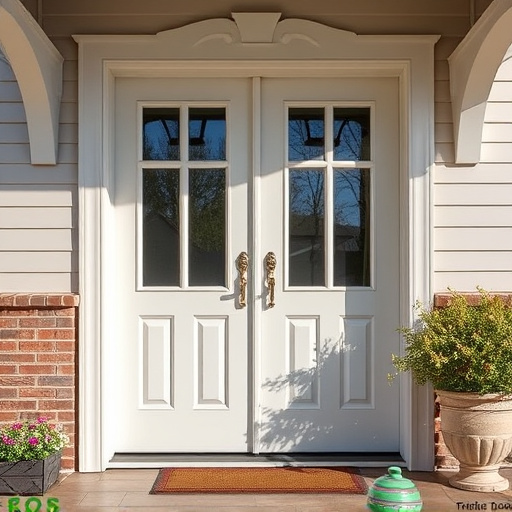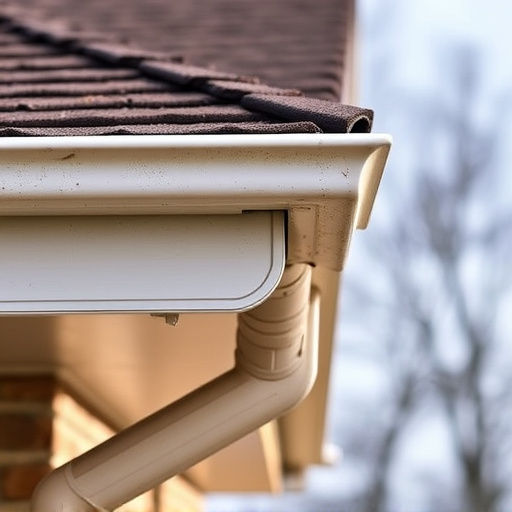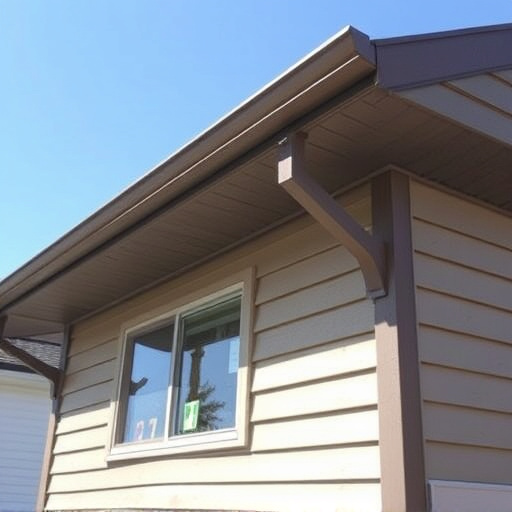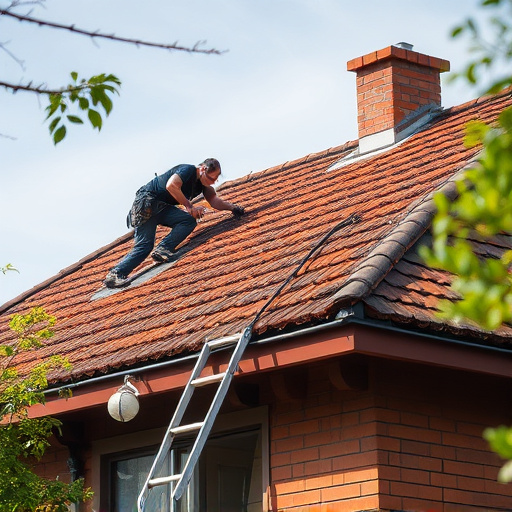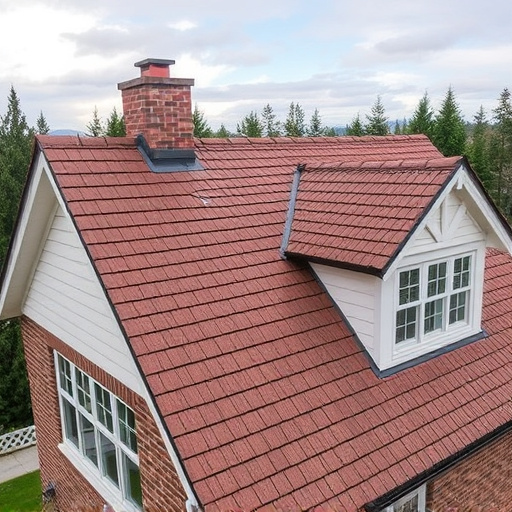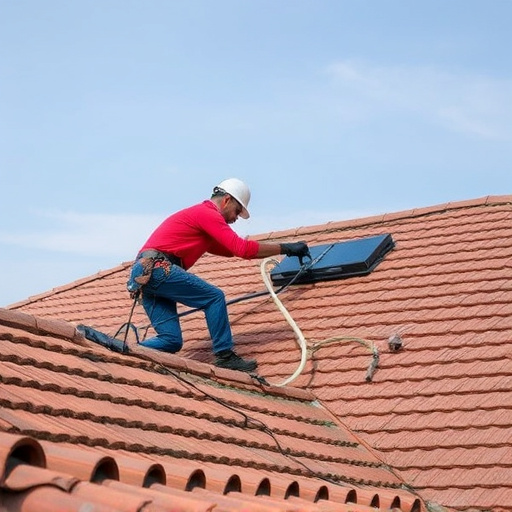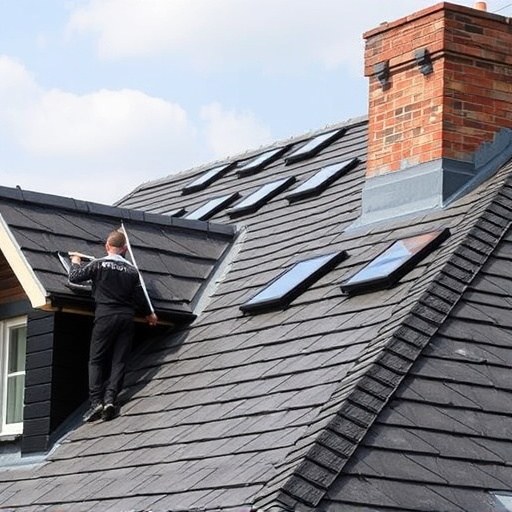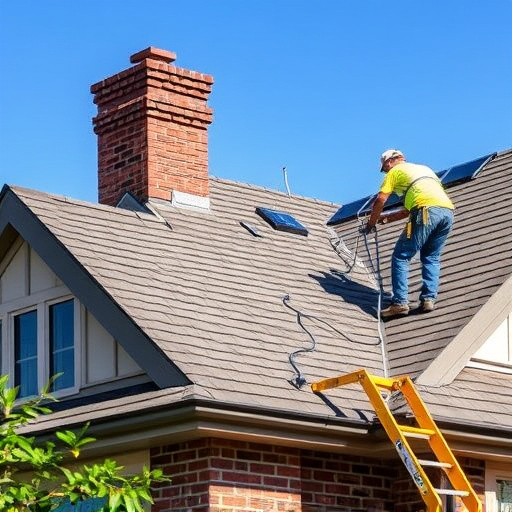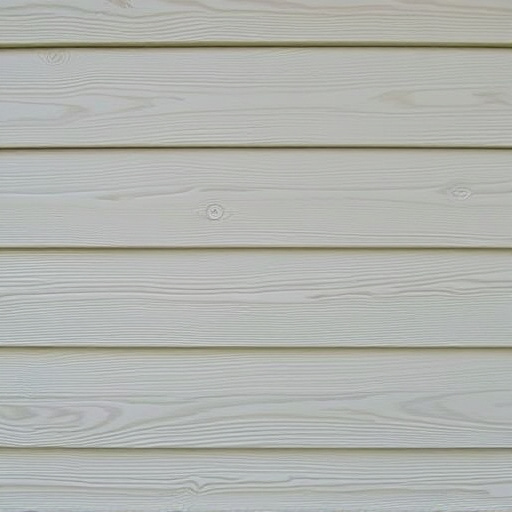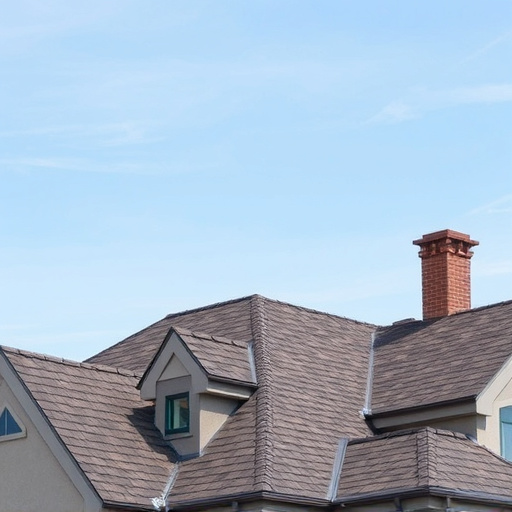Roof contractors in harsh climates face challenges like icy roofs, slips, falls, rapid material drying, and water infiltration. Safety protocols, including anti-slip measures, cold-weather tools, and hydration, are crucial. Regular inspections of siding, gutters, and roofs prevent issues like loose shingles and water intrusion. Preventive maintenance with high-quality materials and protective coatings enhances durability against UV rays and extreme temperatures.
As a roof contractor, working in harsh climates presents unique challenges. From intense storms to subzero temperatures, these conditions demand specialized safety precautions and maintenance strategies. This article equips you with essential tips to navigate these difficulties, ensuring safe and efficient roofing projects while enhancing the longevity of structures in challenging environments. Learn how to adapt your techniques for optimal performance and client satisfaction.
- Understanding Harsh Weather Challenges for Roofers
- Essential Safety Precautions in Extreme Conditions
- Effective Maintenance Tips for Weather-Resilient Roofs
Understanding Harsh Weather Challenges for Roofers
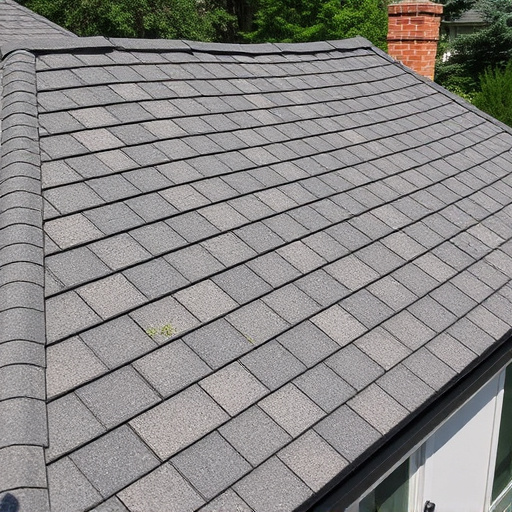
Roofers face unique challenges when it comes to harsh climates, which can significantly impact their work and safety. From extreme temperatures to heavy rainfall and strong winds, these conditions demand specialized knowledge and equipment from roof contractors. Understanding these weather-related obstacles is crucial for any roofing professional aiming to deliver top-quality services in such environments.
Harsh weather can cause various issues, such as increased risk of slips and falls due to icy roofs or slippery surfaces during winter storms. Extreme heat may lead to rapid drying of materials, compromising their integrity, while heavy rainfall can result in water infiltration, causing damage to both the roof and the building’s interior. Professional siding repair and commercial siding installation become even more critical in such climates to ensure buildings remain protected from the elements, thereby showcasing a roof contractor’s expertise and commitment to quality work.
Essential Safety Precautions in Extreme Conditions
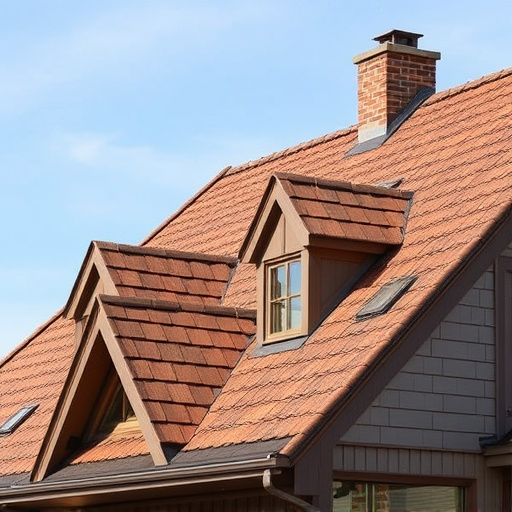
When a roof contractor takes on projects in harsh climates, safety should be the top priority. Extreme conditions, such as heavy snowfall, intense heat, or raging storms, can pose significant risks to workers and property alike. Before beginning any work, contractors should thoroughly assess the weather forecast and plan accordingly. This includes ensuring proper equipment, clothing, and communication devices are available for all crew members.
Implementing robust safety protocols is crucial. For instance, during icy conditions, contractors should employ anti-slip measures on roofs and use appropriate tools designed for cold weather to prevent accidents. In hot climates, providing shade, staying hydrated, and limiting strenuous tasks during the hottest parts of the day can help mitigate heat-related illnesses. Additionally, regular inspections of siding and gutters, crucial components in any roofing project, should be conducted to ensure they can withstand adverse conditions, enhancing the overall safety and longevity of residential roofing and professional siding services.
Effective Maintenance Tips for Weather-Resilient Roofs
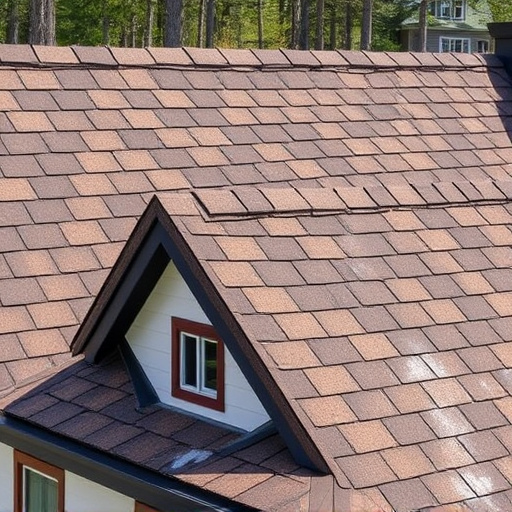
Maintaining a weather-resistant roof is paramount for any roof contractor operating in harsh climates. Regular inspections are crucial to identify and address potential issues before they escalate, such as loose or damaged shingles, flashing problems, or signs of water intrusion. Implementing a preventive maintenance schedule includes cleaning gutters and drains to prevent water buildup and blocking, as well as inspecting and sealing all joints, vents, and penetrations to ensure no moisture infiltrates the roof structure.
Additionally, using high-quality materials suited for extreme weather conditions is essential. This involves selecting impact-resistant shingles designed to withstand strong winds and flying debris during storms or hurricanes. Regular repairs, including prompt storm damage repair, are vital to keep the roof in optimal condition. Roof contractors should also consider applying a protective coating or sealant to enhance the roofing material’s durability and shield it from UV rays and extreme temperatures, thereby extending its lifespan and preserving its structural integrity.
When working in harsh climates, roof contractors must be prepared for unpredictable weather conditions. By understanding the unique challenges, implementing essential safety precautions, and adopting effective maintenance practices, professionals can ensure the longevity and resilience of roofs against extreme elements. These strategies not only safeguard workers but also contribute to the overall durability and aesthetics of roofing systems, providing long-lasting protection for properties in challenging environments.
